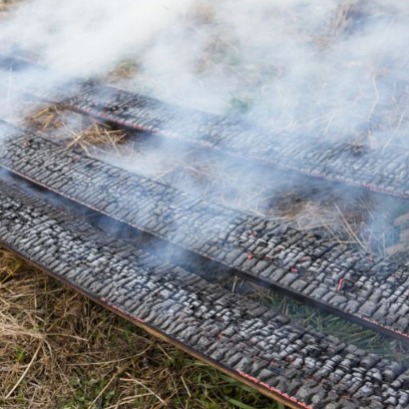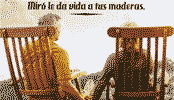
Specialist in scanner technology in the wood - processing industry
(Friesach/Carinthia, February 27, 2018) SPRINGER Group, a leading international technology supplier, has acquired a majority stake in Finnish company FinScan. A company with its head office in Espoo (Helsinki area) is a specialist in scanners and software for automated optimization of lumber in sawmills. FinScan has installed more than 400 scanners in over 20 countries around the world.
Timo Springer, CEO of SPRINGER-Group is pleased about the growth: With the majority stake in FinScan we extend our market product portfolio as an integrated technology provider for the wood-processing industry. From now, we have an extensive range of optimization systems in the wood-processing industry at our disposal and that way, we can expand our technological and innovative leadership. “We see good opportunities to grow and strengthen our position in the future together. We are looking forward to working together”,
“FinScan is very successful, has long time customers and has a clear portfolio of sophisticated scanner solutions at its disposal. Through the merger with SPRINGER we expect a further technological progress”, confirms Jyri Smagin, CEO of FinScan Oy, who will continue running the company at the same managing position.
Para mayor informacion: http://springer.vetas.com

TE PUEDE INTERESAR
 Árbol de Wawona: la atracción turística de Estados Unidos que desapareció en 1969
Árbol de Wawona: la atracción turística de Estados Unidos que desapareció en 1969
Se creó en 1881 y se convirtió en un sitio muy popular durante las décadas siguientes. Sin embargo, cuando el árbol cayó en el cierre de la década de 1960, todo cambió. Árbol de Wawona fue el nombre que tuvo una atracción turística de Estados Unidos, que se mantuvo en pie desde 1881 y hasta 1969 en Mariposa Grove, Parque Nacional Yosemite, California.
 Madera quemada: la técnica japonesa que embellece y protege el material
Madera quemada: la técnica japonesa que embellece y protege el material
Elegante, ecológica y resistente: la madera tratada con la técnica milenaria llamada Yakisugi desafía la intemperie y el paso del tiempo. En el mundo del diseño y la construcción, una técnica ancestral japonesa está cobrando protagonismo. Se trata del Yakisugi (tambien conocido como Shou Sugi Ban), un método que consiste en quemar la superficie de la madera para hacerla más resistente y atractiva. Aunque pueda parecer contradictorio, exponer la madera al fuego le otorga una protección natural contra la humedad, los insectos y el deterioro con el paso del tiempo.
 Combilift y CMETB celebran 10 años de entrenamiento de ingeniería pionera
Combilift y CMETB celebran 10 años de entrenamiento de ingeniería pionera
Esta semana, una celebración histórica en la sede global de Combilift en Monaghan, marcando el décimo aniversario de la exitosa entrenamiento de ingeniería OEM, una iniciativa de colaboración entre Combilift y la Junta de Educación y Educación de Cavan y Monaghan (CMETB). El evento, que dio la bienvenida a graduados anteriores, aprendices actuales y educadores locales, subrayó la evolución del programa de una iniciativa de habilidades locales a una piedra angular del desarrollo industrial regional.






















